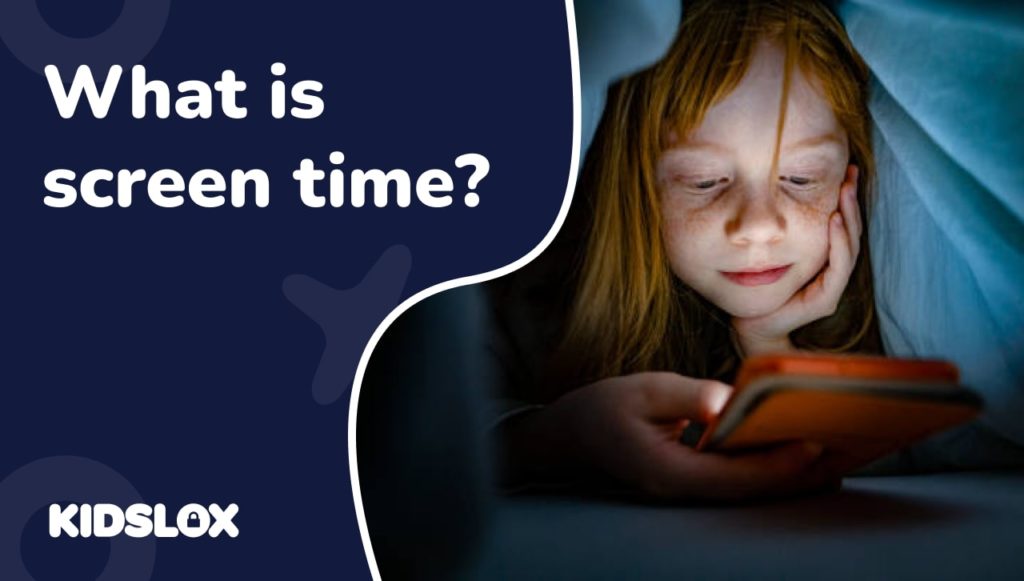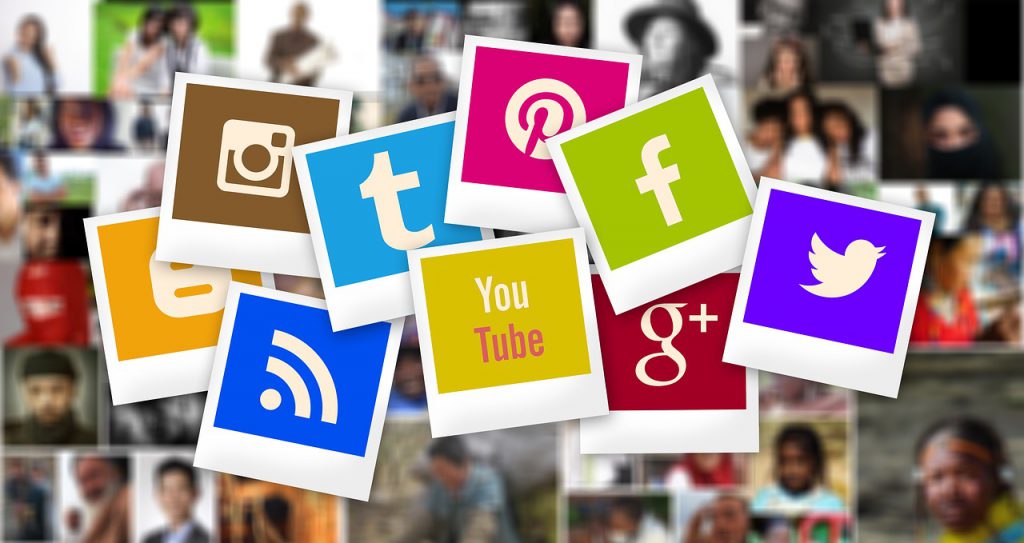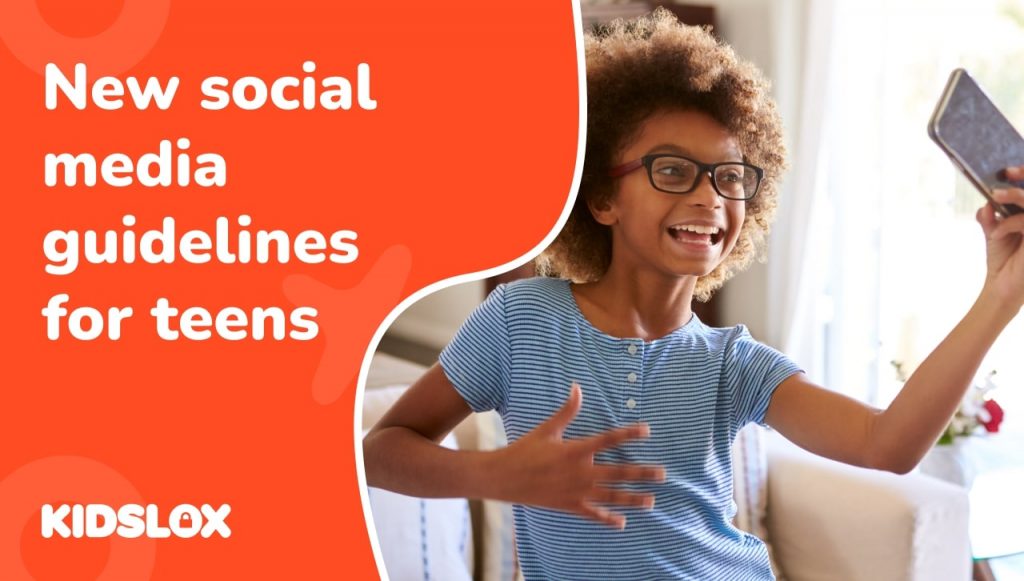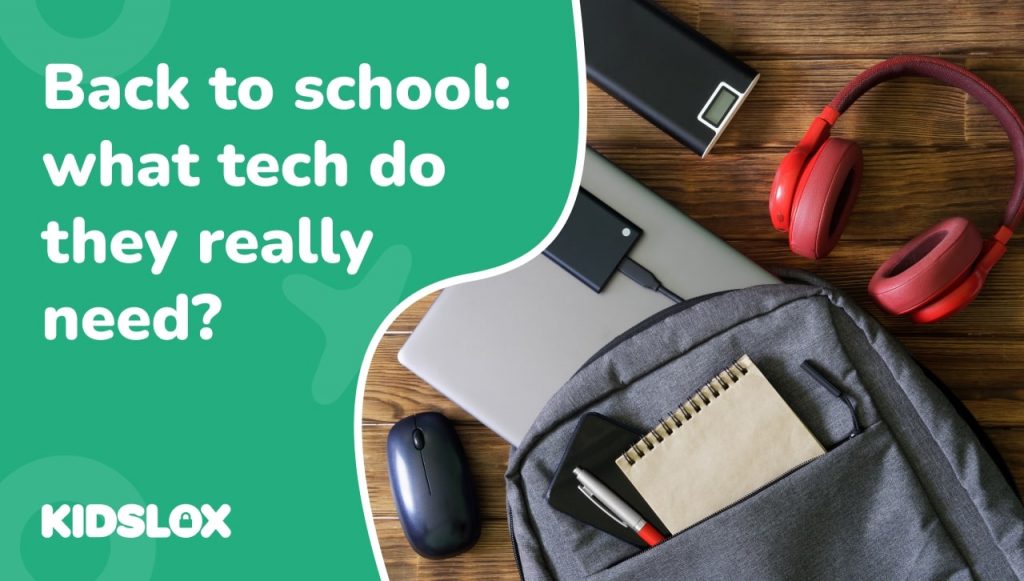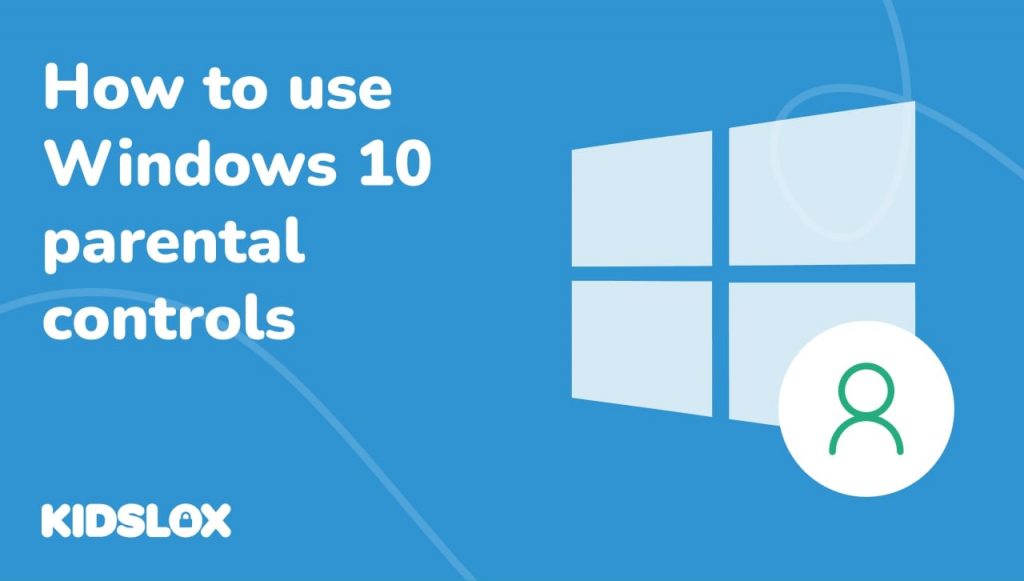Devices have become an integral part of our daily lives. We scroll social media feeds on our smartphones, binge-watch our favorite shows on laptops, and post pictures of our meals on tablet computers. Screens are everywhere we look.
But what happens when we spend hours on end staring at screens? How is it affecting our health, both mentally and physically?
And perhaps most importantly, how can we manage our screen time so that it doesn’t take over our lives?
To prevent a myriad of negative consequences, the American Academy of Pediatrics (AAP) recommends that children aged two years and older should not have more than one hour of screen time per day. For children under the age of two, they recommend no screen time at all.
But what about teenagers and adults? While there is no definitive answer, it’s essential to be aware of the potential risks of too much screen time and find a balance that works for you.
In this article, we will look at screen time, how devices have adapted to increasing criticism over the negative effects of constant device usage, and some tips on how to manage your screen time.
What is Screen Time?
To know how to handle screen time, it’s helpful to create a definition for it. Screen time is the amount of time a person spends looking at a screen such as a television, computer, smartphone, or tablet.
This can include activities like working on a laptop, browsing the internet, playing video games, or watching TV. It also includes using social media, texting, and any other activity that can be done on a screen.
Time in front of screens has increased significantly in recent years. Today, the average adult devotes nearly seven hours or more to screens – across various devices and locations.
This means that we are now spending more time on screens than we are sleeping! And for teenagers, the numbers are even higher. A 2018 study found that the average teen spends about seven hours a day on their phone!
How has this increase in screen time affected our health? Let’s take a look.
Physical Health Effects of Screen Time
Too much screen time can have several adverse effects on your physical health. These include:
- Neck and Back Pain: If you find yourself hunched over your phone or laptop, you may start to experience neck and back pain. This is because you are not maintaining proper posture.
- Eye Strain: When you stare at a screen for too long, you can start to experience eye strain. This is the feeling of fatigue or discomfort in your eyes. To help combat this, make sure to take breaks every 20 minutes or so and focus on something else in the room for at least 20 seconds.
- Dry Eyes: Staring at a screen can also cause your eyes to become dry and irritated. This is because you are not blinking as often as you should. If you notice your eyes are dry, take a break and blink 10 times slowly.
Mental Health Effects of Screen Time
In addition to the physical effects of too much screen time, there are also mental health effects. These include:
- Anxiety and Depression: Spending too much time on social media can lead to anxiety and depression. This is because you are constantly comparing your life to the lives of others, which can make you feel like you are not good enough.
- Sleep deprivation: If you spend too much time on your phone at night, you may experience sleep deprivation. This is because the blue light from screens can suppress melatonin, which is the hormone that makes you feel sleepy.
- Attention problems: Spending too much time on screens can lead to attention problems. This is because you are constantly bombarded with new information and notifications, making it difficult to focus on one thing.
Tips for Managing Screen Time
Now that we know the negative effects of too much screen time let’s take a look at some tips for managing it.
- Set limits: One of the best ways to manage your screen time is to set limits. For example, you could decide that you will only spend 30 minutes on social media daily. Or you could set a rule that you are not allowed to use your phone during meals.
- Find a balance: It’s essential to find a balance between screen time and other activities. For example, you could spend 30 minutes on your phone, then go for a walk or read a book for 30 minutes.
- Create a routine: Having a set routine can help you stick to your screen time limits. For example, you could decide that you will only use your phone after you have finished all your work for the day.
- Use device management software: There are a number of software programs that can help you manage your screen time. For example, Kidslox is designed to help parents manage their family’s devices by setting limits on screen time.
How Devices Are Adapting to Screen Time
As we become more aware of the negative effects of too much screen time, companies are starting to create devices that are designed to help us manage our screen time.
For example, Apple’s iOS 12 update included a brand new feature called Screen Time. This feature comes standard in the operating system and works in the background to track your screen time. It then gives you the option to set limits on your device usage. You can use Screen Time to set limits on specific apps or a general limit for all app usage.
Android also has a similar feature called Digital Wellbeing. This is an app that you can download from the Google Play Store. It works in the background to track your screen time and gives you the option to set limits on your device usage. You can use Digital Wellbeing to set limits on specific apps or a general limit for all app usage.
However, the built-in screen time management features are far from perfect. This is especially the case for parents hoping to use them as parental control tools. First of all, it should be noted that both systems are platform specific, so Screen Time for example will only allow you to control iOS devices. Also, both platforms tend to emphasise statistics about screen behaviour over actual control tools. While you can use them to set a time limit for your kids phone use, they don’t allow for more manual control, like the instant lock option available in Kidslox.
With a third-party screen time management app, you can set up screen time limits that will work across all of your devices. You’ll also have access to a lot of features designed specifically for parental control over screen time, rather than the more generic screen time measures (often focussed on personal use), offered by the platforms.
How Kidslox Helps Reduce Screen Time (and More!)
While popular screen time apps can help to an extent, Kidslox makes it easy to manage all devices in your family with one single account. Plus, Kidslox offers benefits that Screen Time and Digital Wellbeing don’t, such as:
1. Protect and Monitor All Brand Devices
With Kidslox, you can manage all devices in your family – regardless of brand. This includes iPhones, iPads, Android phones and tablets, Kindle Fires, and more. So even if your family uses a mix of different brands, you can still manage them all from one central location.
2. Location Tracking
Kidslox also offers location tracking, so you can always see where your family members are. This is a great feature for parents who want to keep track of their kids’ whereabouts as they are using their devices and racking up screen hours!
3. Remote Lock and Unlock Devices
With Kidslox, you can remotely lock and unlock devices from anywhere. If you are concerned about your kids using their devices too much, you can lock them until it is appropriate for them to use them again. This is a great way to enforce screen time limits and keep your kids from racking up too many screen hours.
4. Set precise time limits to reduce screen time
Kidslox lets you set time limits on devices, so you can control how long your kids can use them. While this feature is available in the platform offerings, Kidslox provides more fine-tuned control that allows you set limits on individual days, apps, categories of app. This is a great way to reduce screen time, keep your kids from becoming addicted to their devices, and give you peace of mind as a parent.
5. Filter Content to Block Inappropriate Apps and Websites
Kidslox also offers content filtering, so you can block inappropriate apps and websites on your kids’ devices. This is a great way to keep your kids safe online – and can help you avoid any unwanted surprises when you check their device usage!
Cut Back on Screen Time with Kidslox
Too much screen time has been shown to have negative consequences for kids – both physically and mentally. Plus, habits that are formed early on in life tend to stick with us into adulthood. So it’s important to start managing screen time early – and Kidslox can help you do just that!
If you are concerned that your children use their devices too much, consider using Kidslox to manage their screen time. Check out Kidslox today, and take greater control of your family’s screen time!
